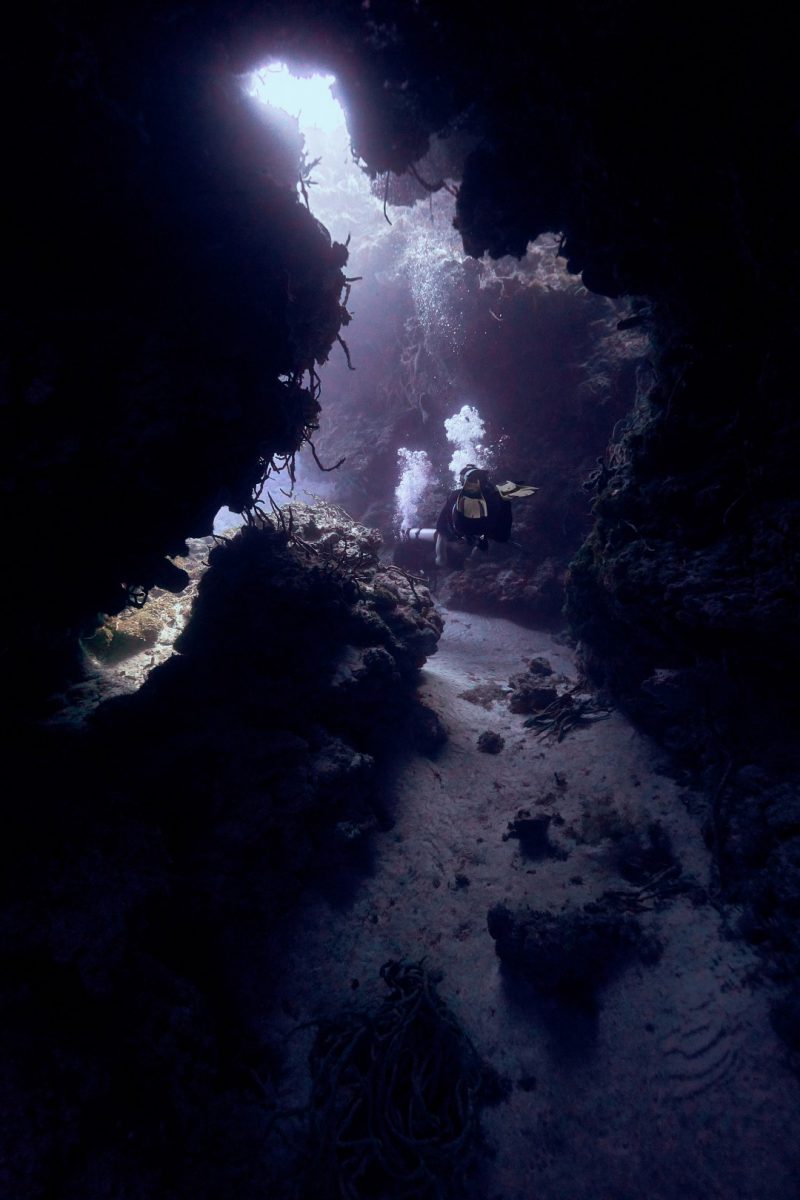Have only experience with luxfer, I have an aluminium at 35 pounds on land and a 10ltr faber steel at 25 +air 5 pounds, a whopping 5 pound difference. Could be an old aluminium tank.The AL80 weighs less than a HP steel 100 100 size tanks?
You are using an out of date browser. It may not display this or other websites correctly.
You should upgrade or use an alternative browser.
You should upgrade or use an alternative browser.
100 size tanks?
- Thread starter brsnow
- Start date
Please register or login
Welcome to ScubaBoard, the world's largest scuba diving community. Registration is not required to read the forums, but we encourage you to join. Joining has its benefits and enables you to participate in the discussions.
Benefits of registering include
- Ability to post and comment on topics and discussions.
- A Free photo gallery to share your dive photos with the world.
- You can make this box go away
Yep they suit a dive operation where you have a standard tank but my point was that a small steel 10 ltr is so much nicer to dive and lighter to carry on land. is the reason for choosing an aluminium tank for maintenance reasons.They are the standard tank used across SEA Australia Japan Taiwan where I dive. Some dive centers may have larger tanks available on request but not all. As many places limit dive times an AL 80 is fine. More weight in the tank just means less weights in your inserts or weight belt.
broncobowsher
Contributor
And up front cost....the reason for choosing an aluminium tank for maintenance reasons.
MrBigfins
Contributor
I dive larger tanks when I can simply because I have a higher sac rate. I get 100s when in cozumel because I don't want to be the reason my buddy has to end earlier than required, because I want to enjoy as long as possible on each dive. I'm 6'7 280lbs and smoked for many years (quit once I started diving as it gave me the motivation) and my sac has improved greatly as I progressed and got more comfortable underwater, however it will never match a smaller person. I would prefer to take a larger tank than to try and squeeze every last drop out of an 80, it's simply safer that way
The part I bolded is a really important point for those of us that care about calculating Minimum Gas (aka Rock Bottom Gas) for a safe, air-sharing ascent in case of an emergency. Minimum Gas at 100 feet is 42 cuft using the GUE MG calculation, which is 1700 psi on a AL80, leaving only 35 cuft for your bottom time. With an HP100, you get 58 cuft of gas for you bottom time, or 65% more bottom time.At an average consumption of 0.5 cuft/min (see Scubadada's graph above) an 80 cuft tank (70 usable cuft) provides about 140 minutes of gas at the surface. For a one-hour dive that would allow an average depth of 2.33 atmospheres, or 45 ft. This calculation does NOT take into account any reserve in case your buddy needs gas from you. THIS is why many divers would like a larger tank, regardless of the buoyancy characteristics.
Granted, most people will dive multi-level, but the amount of time you have at deeper depths before you have to ascend to stay above your minimum gas level is vastly different between an AL80 and an HP100.
Bob DBF
Contributor
Have only experience with luxfer, I have an aluminium at 35 pounds on land and a 10ltr faber steel at 25 +air 5 pounds, a whopping 5 pound difference. Could be an old aluminium tank.
5# less for the tank and 4# less for the lead (buoyancy difference) makes a large improvement when lugging it to and from the beach on the NorCal coast.
ScubaBadger32
Contributor
a what?devils throat
a what?

The Legendary Devil’s Throat Cozumel | Everything you need to know
Devil’s Throat Cozumel is an advanced dive, and a right of passage for many divers. Read on to find out all about this epic dive.
 blog.scubatony.com
blog.scubatony.com
The Devil's Throat is a deep dive in the Punta Sur section of Cozumel's barrier reef. The throat itself is a vertical swimthrough that starts at the top of the reef and has an exit point at 100'+ FSW.a what?
ScubaBadger32
Contributor
woah, new bucket list!The Devil's Throat is a deep dive in the Punta Sur section of Cozumel's barrier reef. The throat itself is a vertical swimthrough that starts at the top of the reef and has an exit point at 100'+ FSW.
Similar threads
- Replies
- 8
- Views
- 539
- Replies
- 12
- Views
- 981
- Replies
- 3
- Views
- 178



